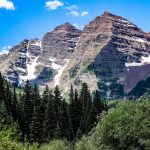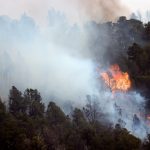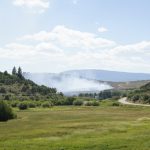Colorado’s 14ers saw a slight uptick in hikers last year, thanks to Decalibron Loop access, but visitation remains down from pandemic highs
Quandary Peak and Mount Bierstadt topped the list for the most visited 14ers for the second year running, according to the report by the Colorado Fourteeners Initiative
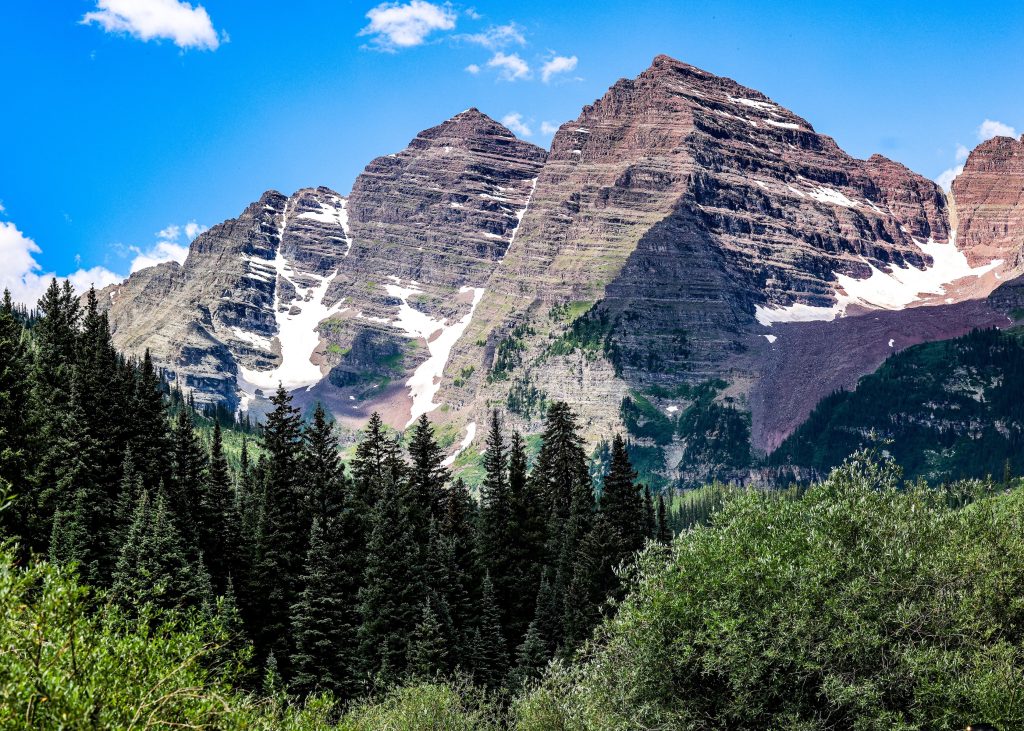
Austin Colbert/The Aspen Times
Colorado’s 14,000-foot peaks saw a slight increase in foot traffic for the first time since the pandemic drove record-high visitation to the mountains, according to hiker use estimates published this week.
The Colorado Fourteeners Initiative’s annual hiker-use report, released Monday, estimated that the state’s 58 peaks over 14,000 feet tall, known as 14ers, drew a total of 265,000 visitors in 2024, about a 2% increase from the previous year’s estimate.
Colorado Fourteeners Initiative Executive Director Lloyd Athearn said the reopening of the popular Decalibron Loop, a roughly 8-mile loop that connects the summits of mounts Democrat, Cameron, Lincoln and Bross, helped drive the slight increase in visitation.
“We’ve had peaks on the Decalibron Loop that over the past three to four years have toggled from open to climbing to closed to climbing for at least part of the season,” Athearn said. “One of the big factors last year was that loop reopening.”
The hiker-use report estimates the number of “hiker use days,” which are equal to one person hiking one peak on one day, during the hiking season from late May to early October of each year. This year’s report is based on a combination of several data sources, including infrared trail counters on 22 summit trails and crowd-sourced “14er checklists” submitted to 14ers.com by more than 25,900 hikers.
In 2024, Quandary Peak and Mount Bierstadt once again topped the list as the most popular 14ers this year, each attracting an estimated 25,000 to 30,000 hiker use days, the same estimated range as the previous year, according to the report. Other 14ers within driving distance of Denver and the Front Range also accounted for large numbers of hikers, while mountains further away attracted far fewer visitors.
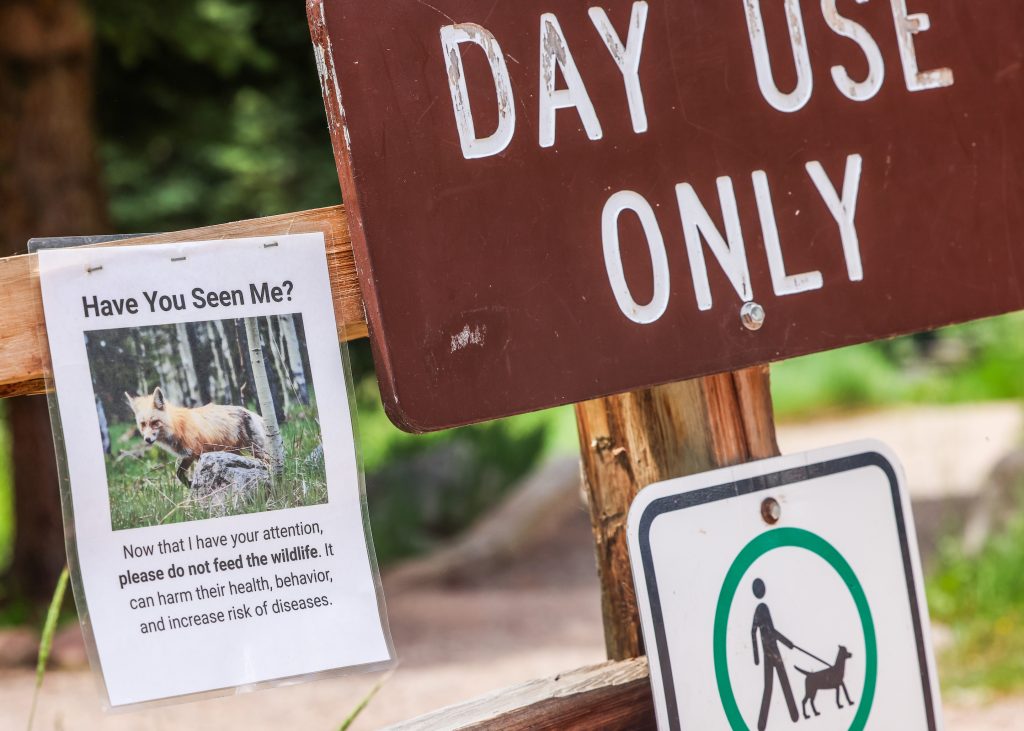
“Year to year, Bierstadt and Quandary are kind of duking it out for No. 1,” Athearn said. “They’re far and away the most climbed. They are the easiest to climb. Both can be reached by paved roads and both are very close off the highway to get too.”
Compared to 2023, hiking use in 2024 fell by 8.9% in the Sawatch Range, by 15% in the Sangre de Cristo Range and by about 2% in the Tenmile Range, while it rose by 55% in the Mosquito Range, by 9% in the San Juan Mountains, by 20% in the Elk Mountains and by 2.4% on the Front Range, according to the report.
While the estimated number of hikers attempting Colorado’s 14ers increased slightly last year compared to the year before, Athearn noted that the total number of estimated 14er hikers in 2024 remained among the lowest the nonprofit has documented.
In the 10 years that the Fourteeners Initiative has published the hiker use report, the only years where fewer hikers were estimated to have hiked 14ers were 2015 and 2023. An estimated 260,000 visitors hiked 14ers in each of those years. Visitation to the state’s 14ers peaked in 2020, with an estimated 415,000 visitors.
“From the 260,000 level in 2015, (the estimates) went up steadily to a peak in 2020,” Athearn said. “Then, they were on a steady decline through 2021, 2022 and 2023, with a little bump in 2024.”
Access changes
About a two-hour drive from Denver, the Decalibron Loop is relatively easier than many 14er trails and allows hikers to summit four peaks in a single day, adding to its popularity, Athearn said.
But the trail also runs through several pockets of private land, which have sometimes created roadblocks for hikers. In 2023, a private landowner closed access to Mount Democrat and Mount Lincoln for half the season over liability concerns. That drove a decline in the number of hikers attempting the loop that year.
In 2024, visitation at the Decalibron Loop “effectively doubled” as access to those two peaks was restored, Athearn said. The U.S. Forest Service secured public access to Mount Democrat with the purchase of 289 acres near the summit last year. Access to Mount Lincoln, meanwhile, has been at least temporarily restored thanks to an electronic liability waiver system instituted by the landowner.
The large increase in visitation at the Decalibron Loop, however, was offset by decreases in visitation to other popular 14ers, Athearn said. For example, last year only 10,000 to 15,000 visitors were estimated to have hiked Grays and Torreys peaks — a pair of 14ers on the Front Range that are often attempted in the same day — compared to an estimated 20,000 to 25,000 hiker use days at the two peaks in 2023, he said. Mount Elbert — Colorado’s tallest peak — also saw a decline from 20,000 to 25,000 hiker use days in 2023 to an estimated 15,000 to 20,000 visitors in 2024.
Overall, the report found hiking use was up at seven peaks, unchanged on 34 peaks and down on 12 peaks.
Parking changes
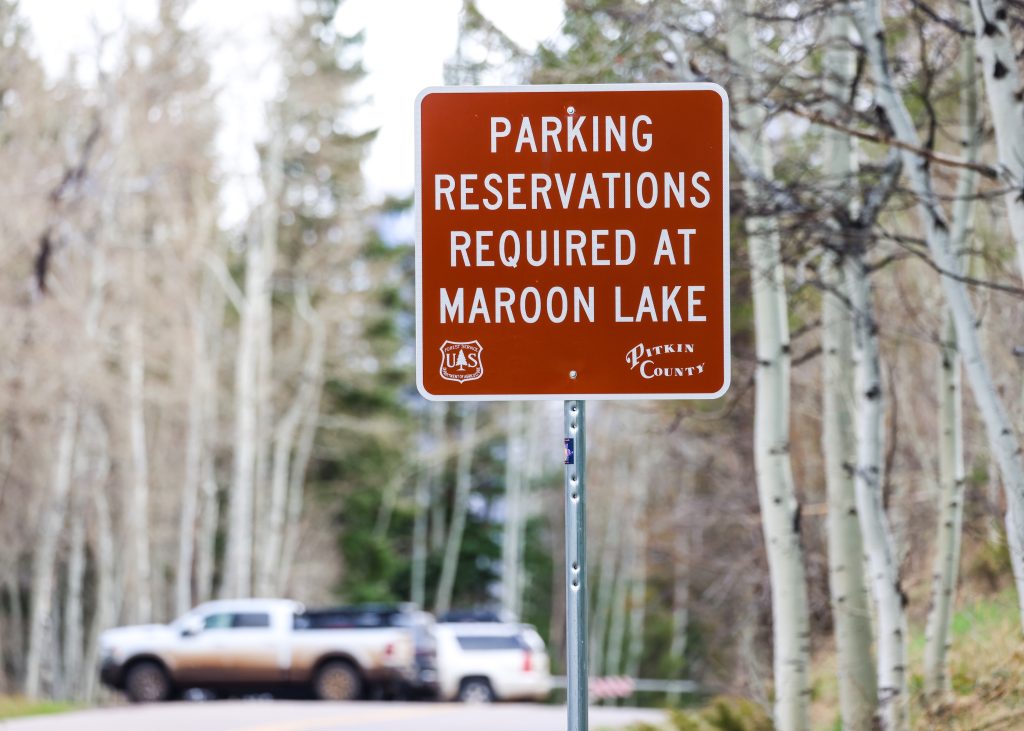
Similar to years past, the 14ers closest to Denver and the Front Range attracted more than half of all hikers who attempted the state’s 14,000-foot peaks. Last year, the 12 closest 14ers to the metro area accounted for 54% of visitation to 14ers, with the remaining 46 peaks seeing far less visitation, according to the Fourteeners Initiative.
Because the 12 peaks closest to Denver attract so many hikers, Athearn said he believes changes to parking systems and trail-head access at these peaks have led to a decrease in visitation in recent years.
“Since that peak year in 2020, one of the factors we’ve noted is that some of the highest-use peaks have had changes to parking, parking enforcement, to getting to these mountains,” Athearn said. “I don’t want to be insensitive to the concerns of local communities that getting people in and out (of these trailheads) can be disrupting.”
Quandary Peak, for example, had an estimated 45,000 to 50,000 hikers attempt its summit trail in 2020, according to the Fourteeners Initiative. But in 2021, the Summit County government implemented a paid parking and shuttle system at Quandary to curb illegal parking, which had clogged important access roads for emergency responders and search and rescue personnel in the past. Since the parking program began, the hiker use report has found that visitation at Quandary has dropped by tens of thousands of hikers.
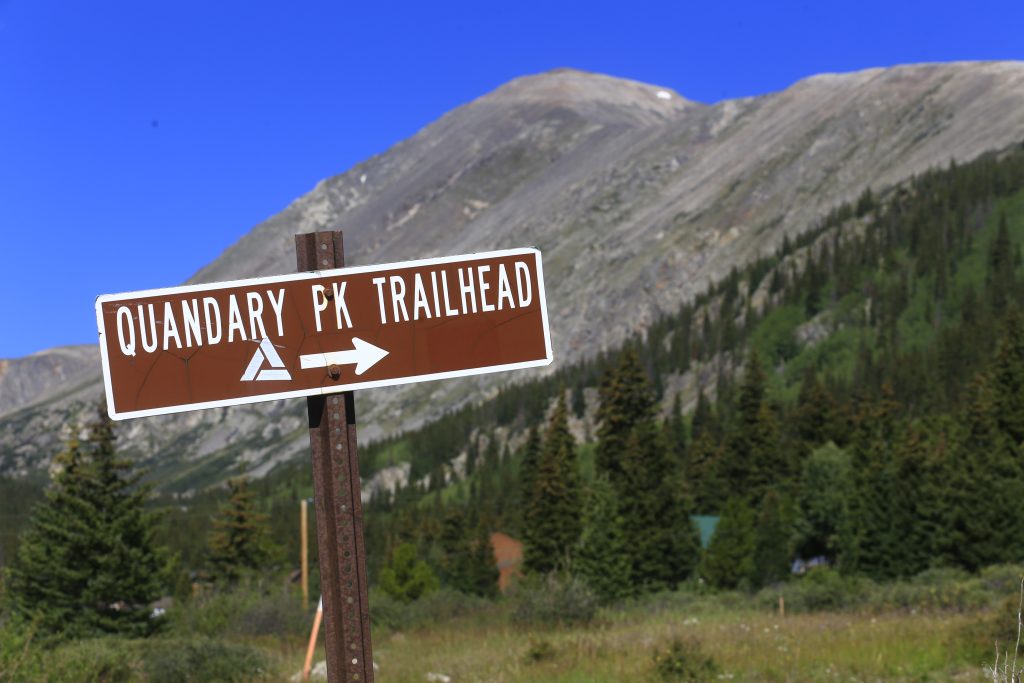
The Clear Creek County Sheriff’s Office has also cracked down on parking along the Stevens Gulch Road leading to the Grays and Torreys trailhead, as well as illegal parking on Guanella Pass Road to Mount Bierstadt in recent years, Athearn said.
For the Fourteeners Initiative, Athearn said the fact that a handful of 14ers continue to pull the vast majority of hikers is a good thing because it helps concentrate the high volume of visitation onto well-maintained trails. Noting that Colorado’s high-Alpine terrain is covered with rare plant life that is “incredibly sensitive” to being trampled, he said the clearly demarcated and durable trails on popular 14ers allow thousands of people to enjoy the peaks with “minimal” impacts to the environment.
“My view is it’s just far better to have people on the peaks they want to climb and to have the infrastructure in place to have that done responsibly rather than to close access to these mountains and disperse these hikers all over the high country,” Athearn said. “You can get a lot of people having amazing experiences and the ecosystem is a lot better than if you had unmaintained social routes at minute levels of usage.”
Economic impact
While Colorado’s 14ers have seen thousands fewer hikers in the years since the COVID-19 pandemic, the peaks continue to have a positive economic impact on mountain communities, according to the Fourteeners Initiative.
In 2024, the nonprofit estimated that Colorado’s 14ers had a statewide economic impact of $71.9 million. But Athearn noted that that estimate is based on a study completed in 2009, “so undoubtedly the amount of money that is going into mountain communities from 14er hiking is vastly underestimated.”
Athearn said the Fourteeners Initiative, which aims to preserve and protect the natural integrity of Colorado’s 14,000-foot peaks through active stewardship and public education, wants people to get out in the mountains while adhering to Leave No Trace principles.
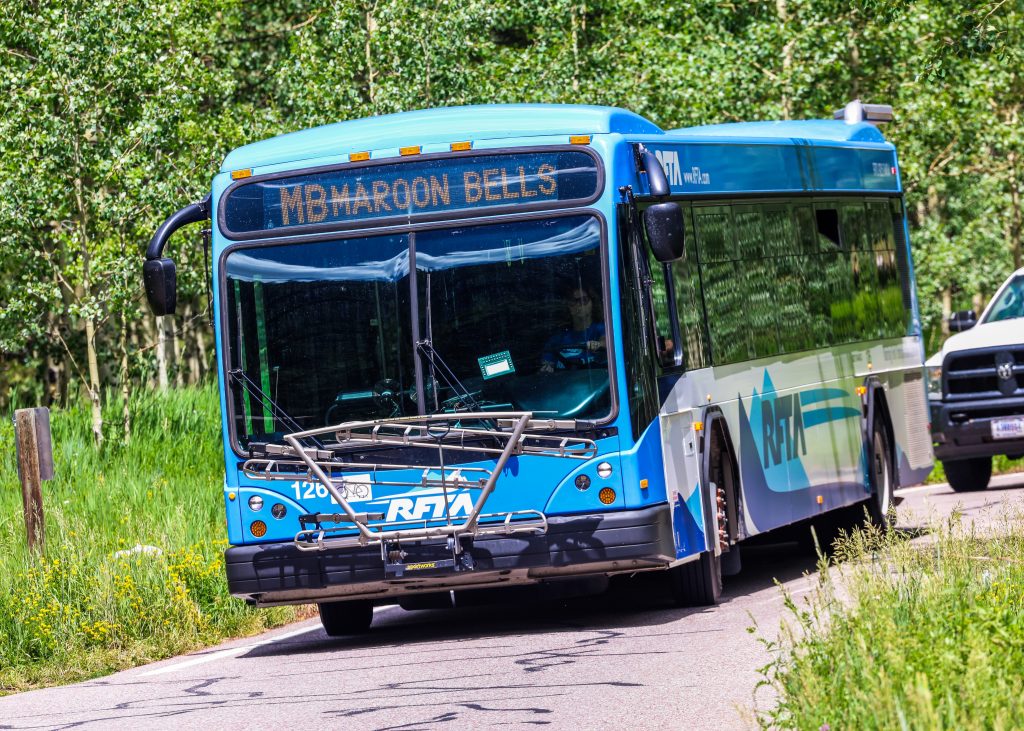
This summer, the Fourteeners Initiative has had employees and volunteers working on trail maintenance projects at Mount Democrat, Mount Bierstadt, Mount Blue Sky and Mount Shavono.
“We are all people who hike and climb and spend a huge amount of time on these mountains. We understand why people have come to love them,” Colorado Fourteeners Initiative Executive Director Lloyd Athearn said. “People support places they connect with. We are trying to facilitate access in a responsible way, letting people know how to recreate in these areas to turn them into responsible stewards.”
Clark’s Market Snowmass supports Aspen education
Clark’s Market Snowmass is supporting local public education by donating five percent of designated sales between April 29 and May 26 directly to the Aspen Education Foundation.



